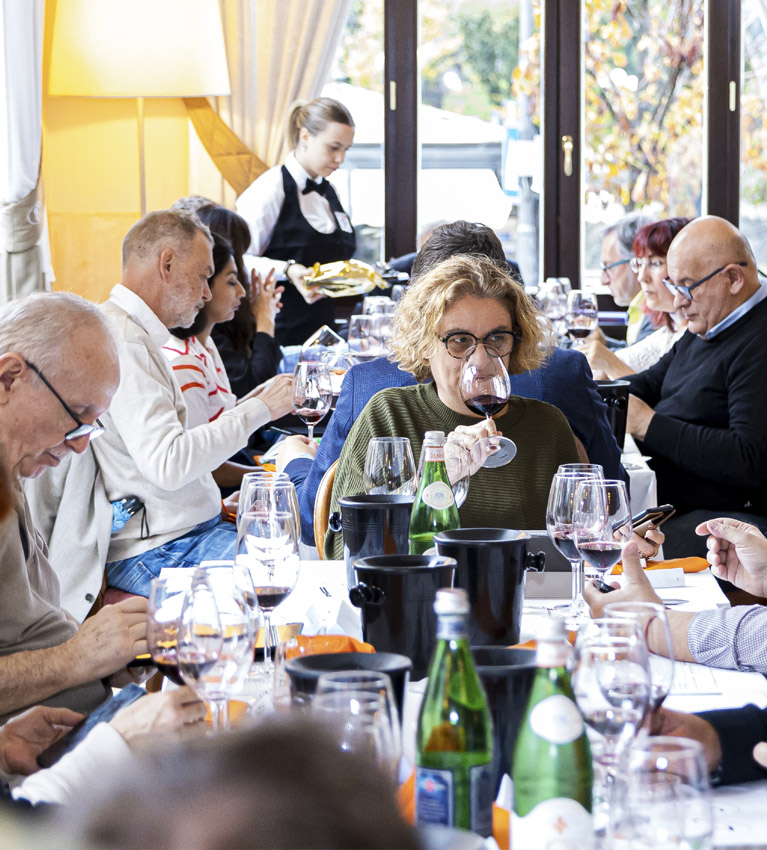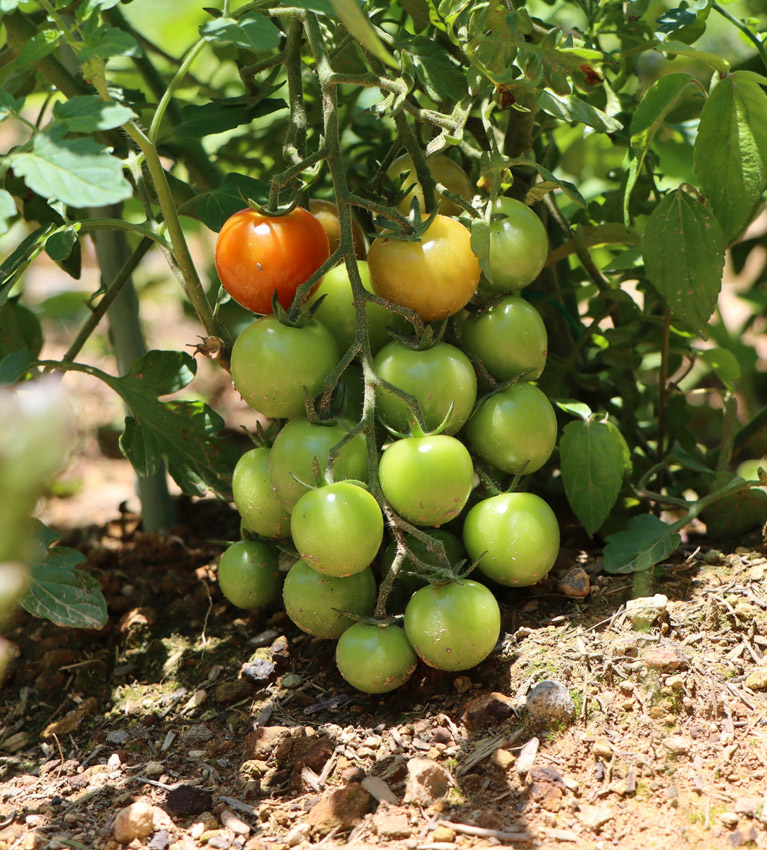
Trends and Tips for Malta’s Restaurant Scene in 2024
January 10, 2025

The Local Master of Refrigeration
January 9, 2025
Turning Concepts into Commerce
January 11, 2025Malta’s chefs pride themselves on sourcing the finest produce, crafting dishes that are works of art and with the utmost respect for the ingredients. Yet too often, the wine list does nothing to match this ambition.
In fact, it’s a massive slap in the face to the chef’s work when the only choices available are bland, uninspired wines that dull the dining experience rather than enhance it.
I’ll be blunt: the era of serving cheap, forgettable wines has to end. It’s astonishing—and, frankly, embarrassing—when the same dull Pinot Grigio or budget Primitivo found at the local corner store appears on a supposedly “curated” restaurant list. I’ve even come across a self-proclaimed “wine bar” stocking only the most basic, supermarket-friendly wines. This isn’t just a disservice to patrons; it’s a missed opportunity for Malta’s culinary scene to truly stand out. With such a variety of quality wine available on the island, it’s time for our wine lists to reflect the same passion and commitment as our kitchens.
Yes, I believe there’s a bit of a “chicken and egg” conundrum that comes into play. It’s true that some Maltese patrons might not yet fully appreciate the difference between a standard Prosecco and a high-quality Conegliano Valdobbiadene Prosecco. They might think they love “Shiraz,” not realising it’s a grape variety with wildly diverse expressions depending on origin and winemaker. But here’s the thing—it’s up to us to guide and educate them. Just as we introduced Wagyu beef, oysters, and truffles, we can bring better-quality wines into the spotlight. Not only will this elevate the dining experience, but it will also cultivate a more knowledgeable and discerning clientele.
Take the concept of branding and quality, for example. Not all Chablis is created equal. Listing “Chablis” on the menu is no longer enough to impress today’s diners, who know the difference between an everyday bottle and a top-tier selection. This applies across the board, from Champagne to Châteauneuf-du-Pape to Australian Shiraz. High-quality wines bring a level of finesse that patrons can, and will, recognise. I guarantee they know when they’re being served the cheap stuff—instantly deflating their overall experience.
I’m not suggesting you stick to one big-name producer either. It might feel like a safe choice, but relying solely on a well-known producer shows a lack of creativity. Exploring lesser-known regions or artisanal producers can bring a personalised touch that adds depth and excitement to the wine list. Selecting unique white varietals like Albariño, Assyrtiko, or Grüner Veltliner can offer diners something memorable and conversation-worthy. Moving beyond the standard, mind-numbingly boring choices of Gavi and Greco di Tufo opens a world of discovery and helps break the monotony that often creeps into wine selections.
For red wines, let’s step out of the Primitivo comfort zone. While it’s a popular choice —fruit-forward, affordable, full-bodied and familiar—there’s a world of reds that brings as much body and richness with added complexity. A top Syrah from the Rhône, or even Australia, is a stellar choice, with dark berry notes, spice, and smoky edges that pair perfectly with grilled meats or charred vegetables. Alternatively, the underrated Gamay from Beaujolais is a grape that pairs so well with our light, Mediterranean cuisine, bringing in layers of minerality, vibrant fruit and finesse.
Even within Italian wines, there’s room to surprise. Moving away from predictable Nero d’Avola and embracing Sicilian Nerello Mascalese can be incredibly eye-opening for patrons. This grape offers a balance of earthy and floral notes that work so charmingly with food, elevating both complex and simple dishes. It’s an opportunity to give your patrons something they might not have tried but will undoubtedly appreciate.
And yes, sustainable and biodynamic wines should also be on our radar and ultimately our wine-list. These wines reflect a commitment to quality and respect for nature, resonating with the growing number of foreign and local patrons seeking eco-conscious dining choices.
Just as we take time and pride ourselves in educating our patrons on ingredients and dishes, we can educate them on the world of wine. This is our chance to make a lasting impression and foster a wine culture that appreciates both quality and diversity.
The choice is ours: keep serving uninspired plonk or raise the bar and let Malta’s wine scene shine alongside the vibrant cuisine.

Andrew Azzopardi
Andrew is a wine professional with over a decade of experience in the fine wine industry. Founder and CEO of the specialist premium wine company, Vintage ’82 Ltd, he has spent several years supplying some of the largest superyachts on the planet with ultra-luxury wines. He also featured in the Netflix series of ‘Below Deck Mediterranean in 2021 and was awarded ‘Best Male Entrepreneur of the Year 2023’ .
Click here to see Horeca Issue 18 online



